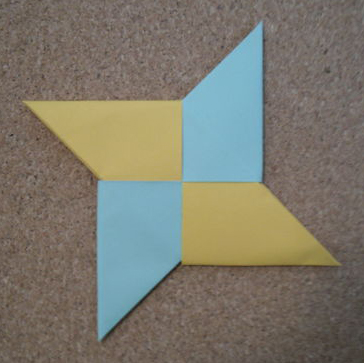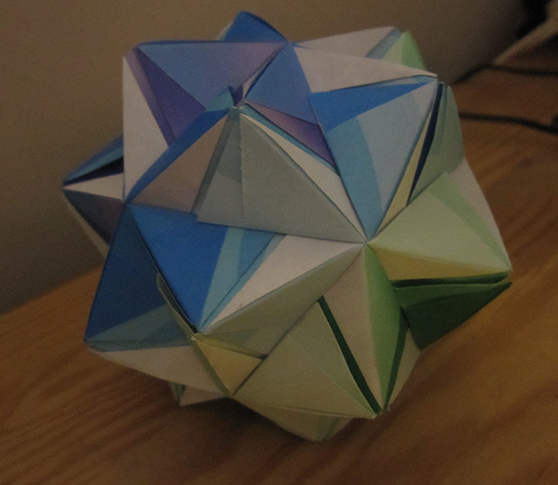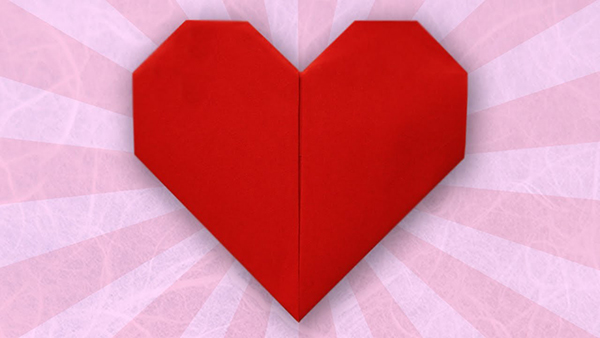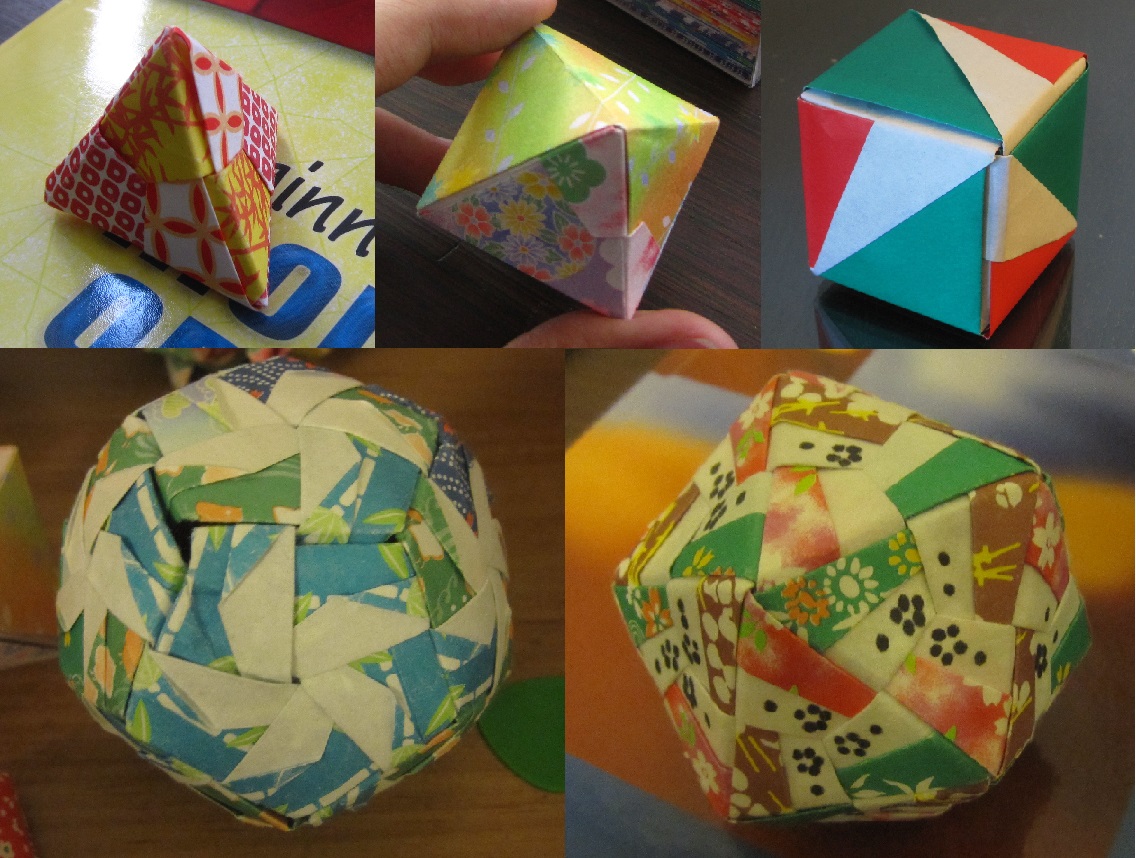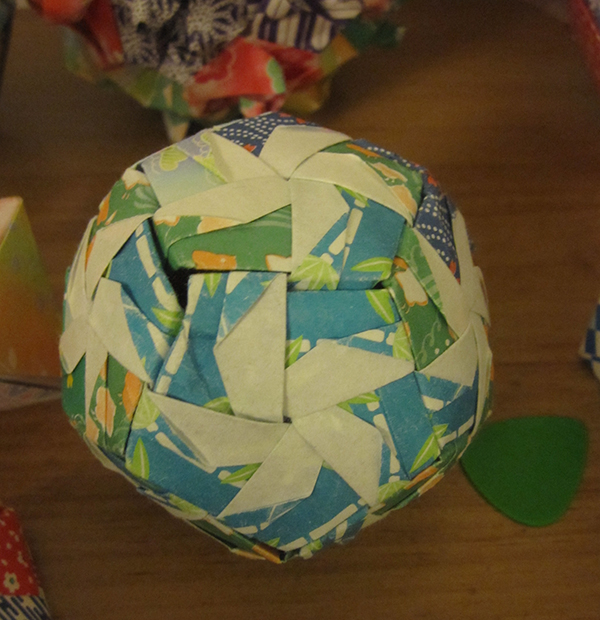This is the third part of a series about symmetry in origami. Previously, I established the idea of a symmetry group, a set of transformations that leaves a model’s shape unchanged. Next, I talked about how the colors of a model define a subgroup. In this post, I will explain the concept of a normal subgroup.
First illustration: The Umulius
We begin with a case study of one of my favorite models, Thoki Yenn’s Umulius. “Umulius” is a Danish insult meaning “impossible person”.
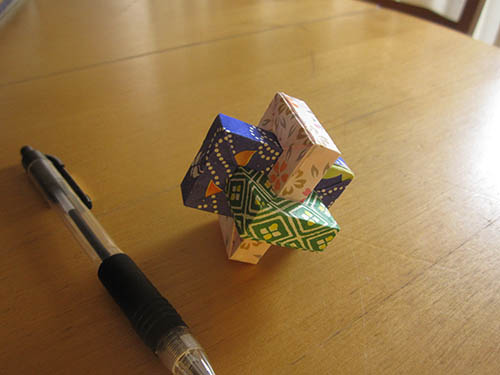
Ignoring the colors, the Umulius nearly has cubic symmetry. Here I have a series of diagrams “cleaning up” the details to make the underlying cubic symmetry clear.



